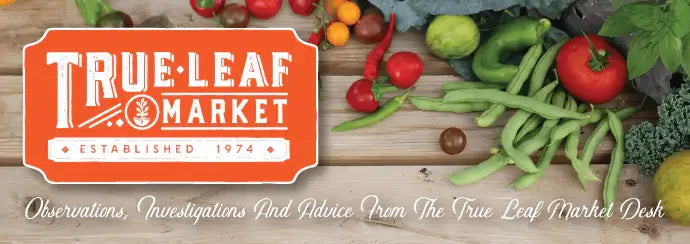
Ashleigh Smith

You may have heard of a hearts of palm or seen it on a menu, but what is it? Hearts of palm is the vegetable that comes from the butt of some palm trees. You can’t harvest it from every palm, but Coconut, Jucara, Acai, Palmetto, and Peach Palms are the most popular choices. When harvesting Hearts of Palm, it is essential only to remove one stem at a time to prevent death of the palm trees.
The hearts of palm appears as a white, fleshy vegetable that can be used in various ways. You can cut it up into salads, made into gluten-free pasta, puree into a creamy dip, grilled, or used as a substitute for other vegetables in stews and soups.
This unique vegetable is naturally high in zinc, potassium, magnesium, and other important nutrients. You can eat it raw when the outer layer is removed like jicama. Usually, you can purchase them throughout the world in cylinders or rings that have been packed in a saltwater brine. For use in salads or fresh eating, be sure to rinse well to accommodate for its packing brine. You can likely find this delightful vegetable in your local grocery stores packed in a can or jar.
What does hearts of palm taste like?
This delicate vegetable tastes like a nutty-flavored artichoke. One of the best characteristics of this vegetable, though, is its versatility when cooked. You can enjoy its crunchy yet creamy texture in the designated hearts of palm recipes or use it as a substitute in your favorite artichoke recipes for a twist of flavor.
About the Author

I'm Ashleigh Smith, a native to Northern Utah. I first gained a love of gardening with my grandmother as I helped her each summer. I decided to make a career of it and have recently graduated with a Bachelor's degree in Horticulture from Brigham Young University - Idaho. My studies have focused on plant production while I also have experience in Nursery & Garden Center Operations.
Become a True Leaf Market Brand Ambassador! You’ll enjoy awesome perks, free products and exclusive swag & offers! Help us create a gardening revolution and help others experience the joy of growing!
Leave a comment
Your email address will not be published. Required fields are marked *
0 Comments
No Comments yet! Be the first to start a conversation
Further Reading

10 Natives of the Southwest USA for Pest Control
Coming Soon!

Ashleigh Smith
2024-04-151 min read0
Spring Into Action - Celebrating Earth Day
Coming Soon!

Ashleigh Smith
2024-04-151 min read0
Everything You Need To Know About Rain Gardens
Written By Lara Wadsworth Rain gardens are quickly gaining popularity for their perfect marriage of utility and beauty. What simply looks like a beautifully landscaped garden is actually a native habitat that serves as a storm drain and water sponge. B...

Ashleigh Smith
2024-04-085 min read1
Northeastern Natives for Attracting Beneficial Insects
Written By Lara Wadsworth The Northeastern United States is rich with American history, but did you also know that it is rich in plant biodiversity? Nature has learned through time how to work in harmony with the various species that attempt to thrive....

Ashleigh Smith
2024-04-086 min read1



